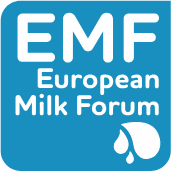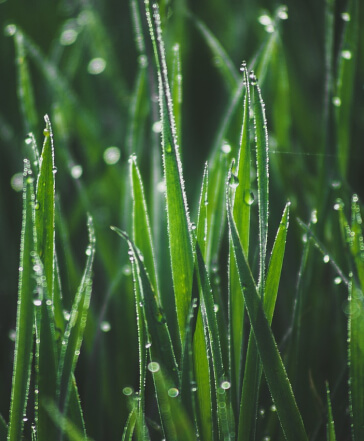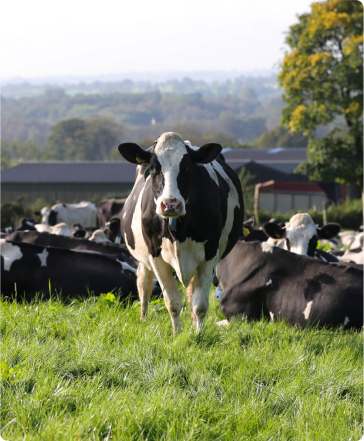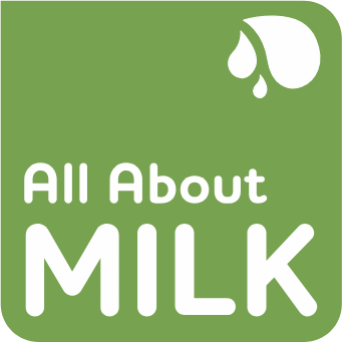Three questions to Raimon Ripoll-Bosch (Associate Professor at the Wageningen University & Research’s Animal Production Systems Group and is the co-chair of the new technical advisory group on Ecosystem services at the FAO LEAP)
The FAO LEAP* Partnership launched a work programme in 2023 to progress on the assessment of ecosystem services provided by livestock systems. A report gathering the best methods available to assess ecosystem services provided by livestock should be published in 2024.
Why is this new work programme important for the dairy sector?
The livestock sector, including dairy farming, is in the spotlight for it’s negative impacts on the environment. Livestock, however, can also provide a range of socio-economic and environmental benefits to society, such as contributing to food security, rural vitality, and maintenance of landscapes and their functions or culture. To design sustainable food systems, it is imperative to address the environmental impacts but also to recognize and value the positive contributions of livestock to society.
The ecosystem services framework is well established in scientific literature and is developing fast in policymaking and the private sector. It allows for the identification and valuation of a range of services provided by nature and in agroecosystems. In the case of dairy, it can range from the provision of goods to the contribution to ecological processes or to cultural values.
The FAO LEAP Partnership and the Technical Advisory Group (TAG) on Ecosystem Services bring together more than 30 experts from all over the world to harmonize valuation methodologies to assess ecosystem services in livestock production systems.
How do you define an ecosystem services approach?
An ecosystem services approach is a way to recognize and value the multiple services society gets from ecosystems, including agroecosystems. When the importance of a service is acknowledged, we are more likely to value and conserve it. Valuation can be done using a range of methods and from different disciplines, yet the framework allows to bring coherence and can help integrate these disciplines to encourage strategic conversations about ecological, social, and economic dimensions of complex issues facing society.
Still, it should be noted that the ecosystem services framework is not a sustainability framework, because sustainability is a broader term that includes dimensions beyond ecosystem services.
Could you give us practical examples of services provided by dairy farming systems at the local level?
Dairy farming, through particular practices and farming systems, can contribute to maintaining or enhancing the provision of ecosystem services.
The most obvious ones are the provision of food (dairy and meat) and other products (e.g., leather). An increased use of grasslands to sustain dairy production, and when grasslands are permanent and diverse, can help in the processes to sequester and store carbon in the soil, reduce soil erosion or contribute to water flow regulation. Adding hedgerows, trees, or field margins can additionally contribute to providing habitats for biodiversity, controlling pests or creating traditional and cultural landscapes appreciated by society. This last aspect is very much linked to cultural values, involving, for instance, identity, recreation, or existence values.
Research for a more circular dairy system
The FAO has also launched a Technical Advisory Group on Circular Bioeconomy Approaches. The group will explore alternative feed resources and develop technical guidelines on circular bioeconomy approaches in the livestock sector. Ruminants can convert fibrous feed resources that could not be utilized by humans or converted to human food by monogastric animals, and they produce manure which is an organic fertilizer for the soil. There are evident opportunities to install circular mixed-crop-livestock dairy systems in Europe, but more research is still needed.
Livestock Environmental Assessment Partnership.
www.fao.org/partnerships/leap/news-and-events/news/detail/en/c/1639570/




